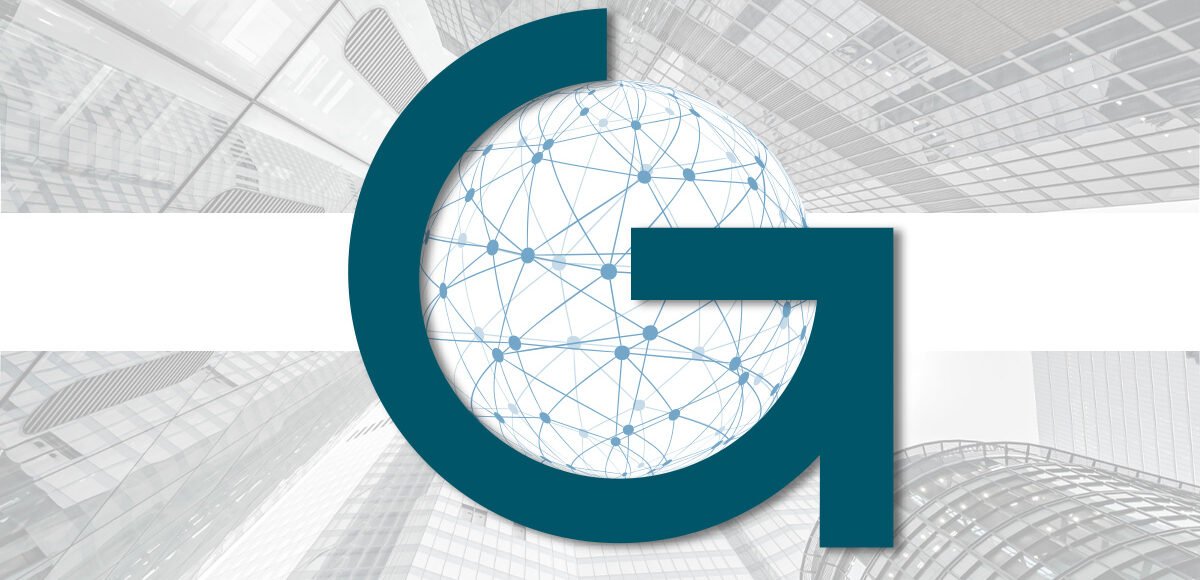
Intellectual Property Rights in Turkey
Overview
Intellectual property refers to creations of the mind, and intellectual property rights in general allow their creator/author or owner to
beneit from their own work or investment in a creation. Under Turkish law intellectual property rights are protected through two
main laws:
(i) the Law on Intellectual and Artistic Works, and
(ii) the IP Law. Accordingly, the intellectual properties recognised and protected under Turkish law are as follows:
(i) Copyrights: Copyrights consist of ,
(i) literary works,
(ii) works of ine arts,
(iii) musical works, and
(iv) cinematographic works.
(ii) Trademarks: Trademarks are deined as signs distinguishing the goods and services of one enterprise from the goods and
services of another. All kinds of signs that may be represented graphically such as words (including personal names), forms,
colours, letters, numbers, voices, and shape or packaging of the goods may be registered as trademarks on the condition that
such signs distinguish the goods and services of one enterprise from the goods and services of another.
(iii) Patents & Utility Models: Patent is a protection for inventions that are novel, technically complex and industrially applicable.
Utility models are known as petty patents and are similar to patents in terms of being new and industrially applicable;
however, inventive step criteria are not required for utility models
(iv) Designs: Design rights provide protection to the characteristics of a design in terms of its line, shape, form, colour, material or texture.
(v) Geographical Indications: Geographical indications are deined as signs which indicate a product which is speciic to a place, area,
region or country in terms of its quality, reputation or other characteristics. Registration protects the geographical indication
against any direct or indirect commercial use of a registered name with respect to products that are similar or comparable
to registered products; any use of the name which conveys a false impression as to its origin; any misleading indication as
to the origin, nature or essential qualities of the product on the packaging or advertisement of the product; and any packaging
that may convey false impression as to its origin.
Protection of Intellectual Property
Under Turkish law, certain intellectual properties such as copyrights are automatically protected upon production of work, whereas other
intellectual properties such as trademarks, patents, utility models, designs and geographical indications, are required to be registered
with the Turkish Patent and Trademark Institution in order to be aforded protection. Upon registration, the protection period may
vary between the categories of intellectual property in question.
Accordingly, trademarks and utility models are protected for 10 years, patents are protected for 20 years, and designs are protected
for 5 years. Registrations may be renewed before their expiration dates upon the satisfaction of certain requirements.
Breach of Intellectual Property
When an intellectual property is infringed, the owner of such intellectual property right shall have the right to ile a lawsuit for (i)
the detection and the cessation of infringement against those who copy and/or distribute the copyright without the owner’s permission;
(ii) the prevention of the potential infringement in case of risk relating to future infringements; or (iii) the compensation of the
direct and indirect damages sufered by the owner as a result of the infringement.
Infringement of an intellectual property right may also constitute a crime under Turkish law, which could result in criminal prosecution
and high monetary penalties.
Recent Changes to Intellectual Property Regime in Turkey
The IP Law has introduced signiicant changes to the protection of intellectual and industrial property in Turkey. It uniies separate
pieces of statutory decrees (kanun hükmünde kararname) and reconciles the provisions for prosecution and enforcement of intellectual properties rights (i.e. trademarks, patents, utility models, designs and geographical indications).
Among others, the IP Law embraces the following changes:
(i) Co-existence agreements and consent letters become enforceable in order to overcome the refusal decisions based on
the existence of an earlier trademark.
(ii) The opposition periods relating to an application has been shortened from three months to two months other than
applications for designs and geographical indications.
(iii) The exhaustion principle10 has been expanded to also cover international exhaustion.
(iv) The right to make a counterclaim against the opposing party based on non-use of the relevant trademark has been introduced. In such case, the opposing party shall be under the obligation to prove serious usage of the trademark within five years prior to the date of application of the applicant.
(v) Loss of right of the owner of the trademark has been introduced due to remaining silent and not taking action for ive years despite being aware of use of the trademark.
(vi) Criminal liability has been introduced for trademark infringements. Accordingly, those who manufacture, provide services, sell, import, export or transfer products by way of causing trademark infringement may be sentenced to imprisonment up to three years.
(vii) New grounds have been introduced for granting compulsory license.
(viii) The scope of non-patentable inventions is expanded.
(ix) Unregistered designs are protected for three years provided that they have been made public for the irst time in Turkey.
(x) Use of equivalent parts to be listed by the Ministry of Industry and Technology cannot be deemed as design infringement.
(xi) Novelty and distinctive character requirements must be met in order for visible parts of a complex design to be protected.
(xii) Protection regarding geographical indications has been extended to traditional product names which do not fall under the scope of geographical indications.
